On a quick Target run this afternoon I was a bit surprised when my daughter asked if she could take home the “Bull” Farm Animal, a departure from her usual princess stuff, but I welcomed the change. As my daughter explored her new toy she asked “mom, what’s this?!”. I stopped to examine it’s very realistic body parts and matter of factly said “Oh, that’s his scrotum” , she looked a bit perplexed as she thought it was a breast. We had a quick chat about the difference between breasts and scrotums in the toy department at Target and moved on. A few mom’s in ear shot of our conversation seemed to have a hard time with our conversation as I received a few stares and concerned looks. I could have said “balls” or “private parts” or just ignored her question and hoped that some day someone will teach her the correct word. But here’s the thing…..teaching our kids anatomically correct terms for body parts isn’t just about education it’s about safety, sexual health and self-confidence.
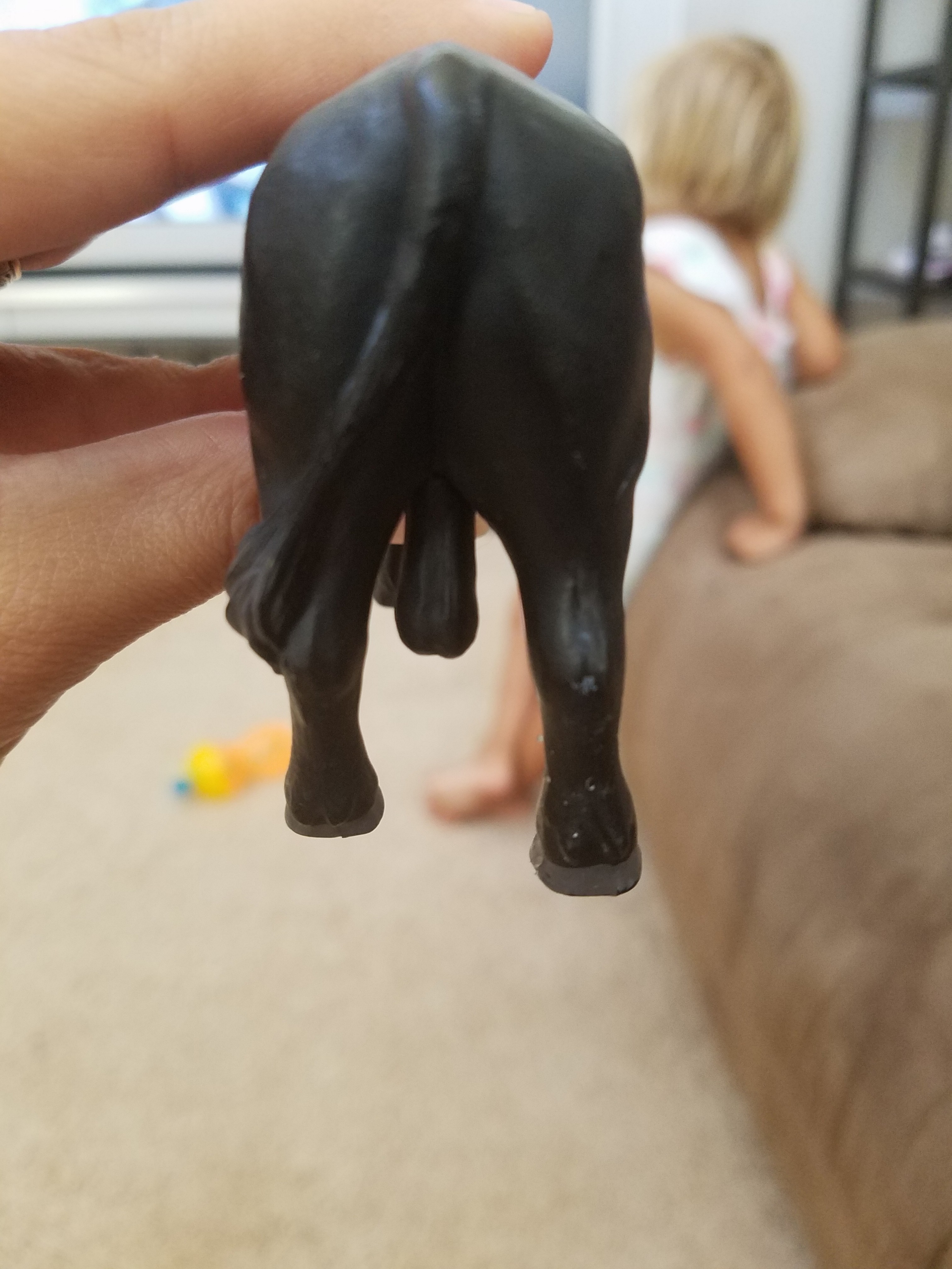
Way to go Target for making anatomically correct animals!
I think we can all agree that as parents we are our children’s greatest teachers. So then why do so many of us leave it up to school teachers, coaches, or worse yet…..peers to teach our children about body parts and sexual health? One study reported that 1 in 10 children are sexually victimized by school staff and 34% of children are sexually abused by family members. We NEED to get comfortable teaching our children about their bodies and sexual health. Families who teach their children anatomically correct names “promote positive body image, self confidence, and parent-child communication; discourages perpetrators; and, in the event of abuse, helps children and adults navigate the disclosure and forensic interview process.” When we use pet names for body parts we are inadvertently communicating that the real names are unacceptable and something to be ashamed of. If we encourage conversation about body parts we are sending the message that it’s ok to talk about them, it’s ok to ask questions, it’s ok to be curious about your developing body. This is the message we want to send our children. You don’t have to wait until they’re toddlers to use this language, you can start at the diaper change!
Get comfortable with your body and get to know the correct anatomical names for your body parts. For example, did you know the vulva is actually the external organs (labia minora/majora, clitoris and and the urethra) while the vagina is the “muscular canal that connects the uterus to the vulva. It’s what babies pass through during childbirth, as well as a woman’s menstrual flow.” Mind Blown? Yeah, I was calling my vulva a vagina for most of my adult life too. Take this as an opportunity to examine your relationship with your body and your sexuality. If you’re feeling a little insecure about your ability to navigate these conversations on your own and you feel like you may need help then check out this book “Who Has What!” or this one for you young girls “The Care and Keeping of You” . You can also reach out for individual consultation as I would be happy to support you in developing the confidence to navigate these tricky conversations with your little ones. You don’t have to do it alone, mama’s…the village got you!
xo,
Gina
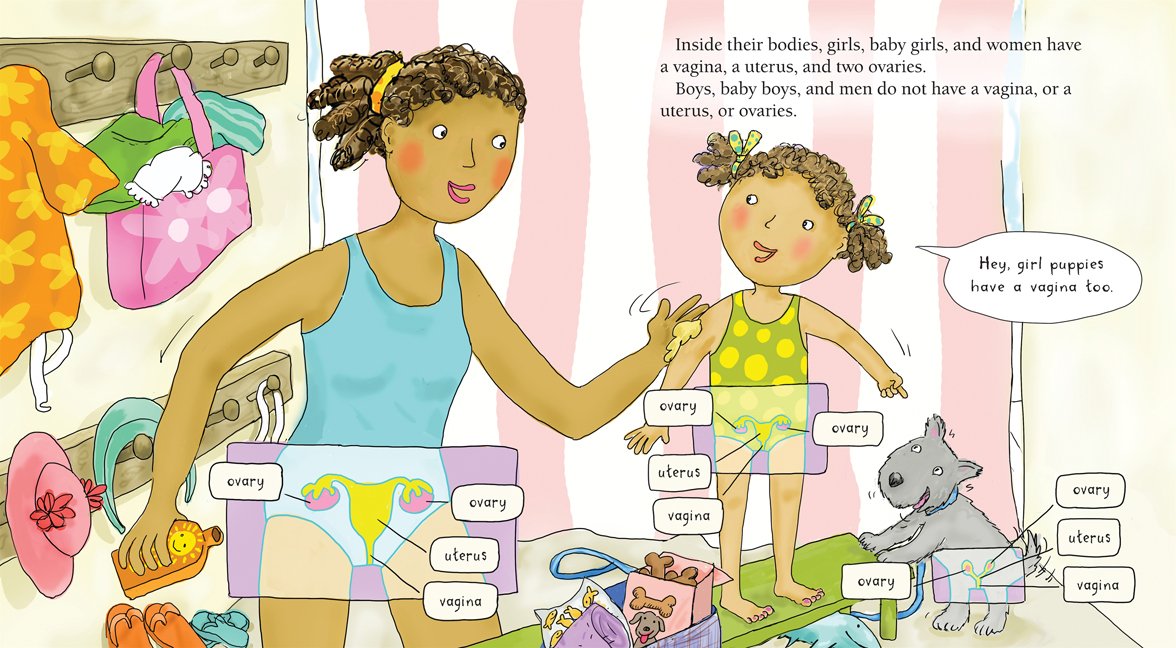

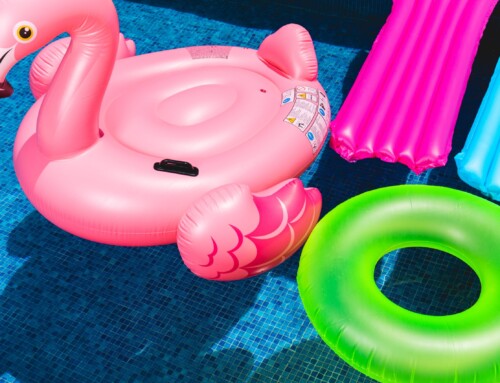

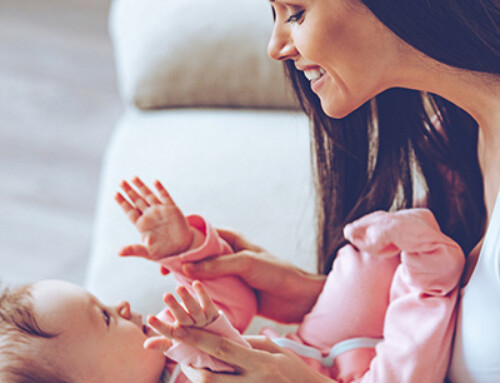
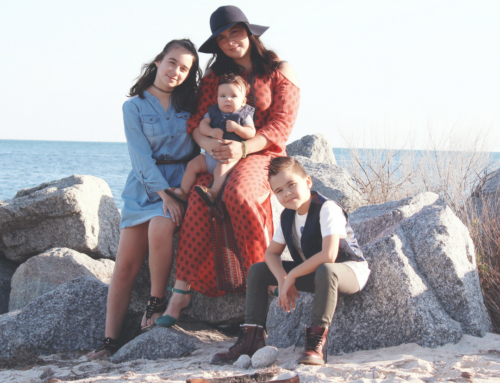
Leave A Comment